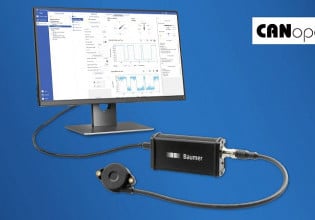C
Hello,
In synchronous generator, while increasing the load, i want to know how the torque getting converted to amps. Instead of simple theoretical way, can anyone please explain in clear?
In synchronous generator, while increasing the load, i want to know how the torque getting converted to amps. Instead of simple theoretical way, can anyone please explain in clear?






